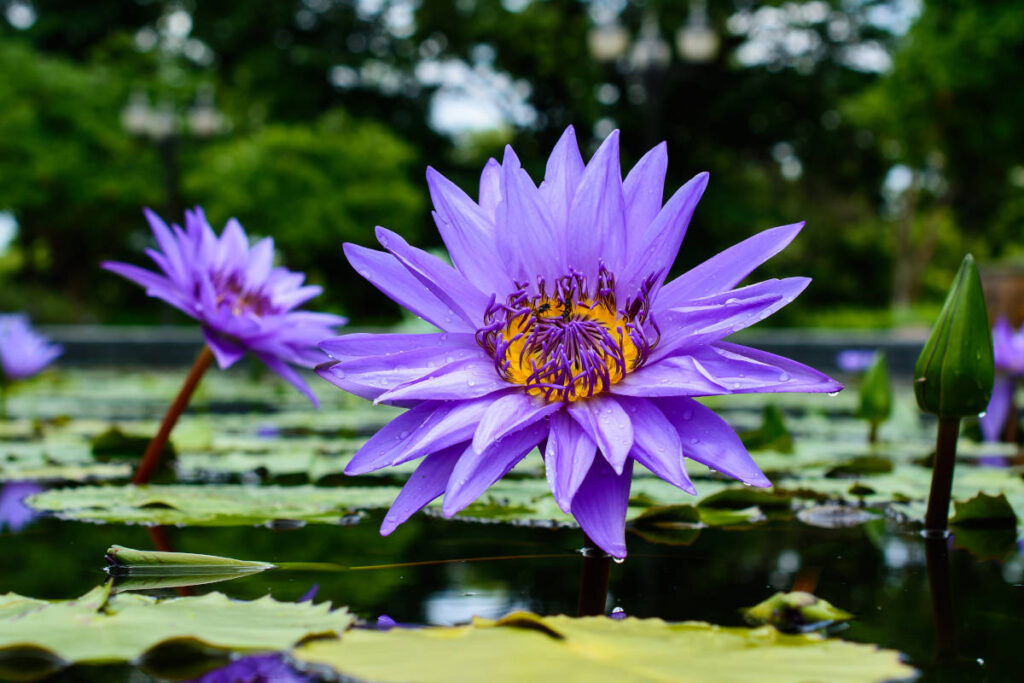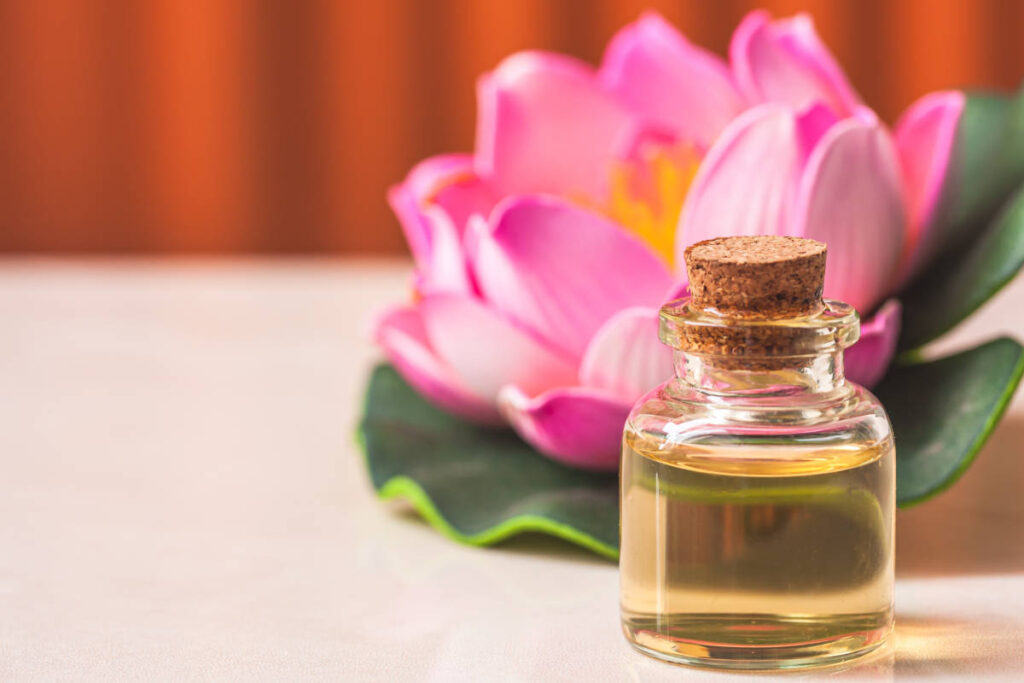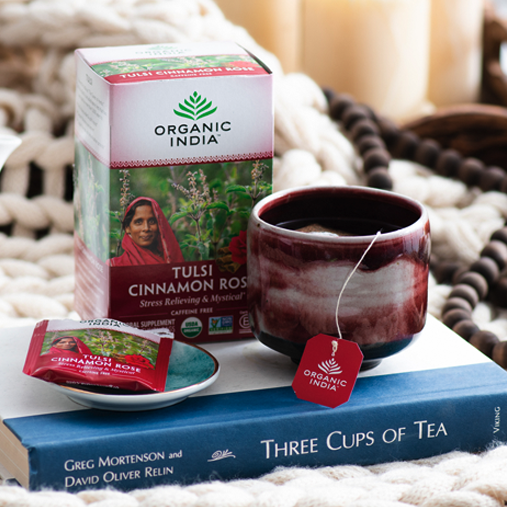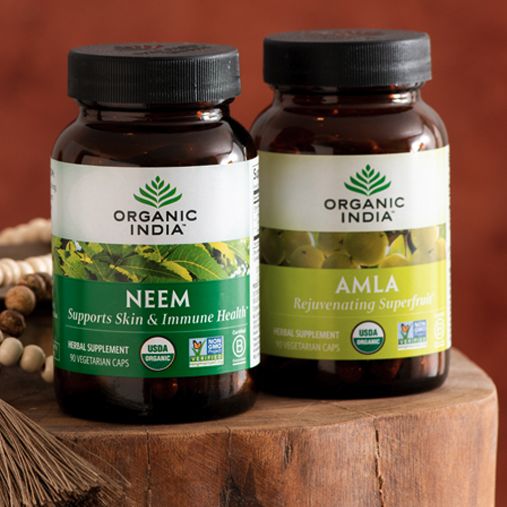The Blue Lotus flower has been part of Egypt’s mythology, culture, and medicine for thousands of years. In the Middle East, the plant is known as Egyptian Lotus and Sacred Lily of the Nile, and images of the aquatic plant grace the walls of pharaohs’ tombs and monoliths. The history of the famed Blue Lotus is not only medicinal, but also mystical, in nature. Finding its way out of Egypt, around 300 BCE, the lotus landed in Greece where the prevailing culture incorporated it into the religion of Isis and Serapis. Near the close of the Roman Empire, Blue Lotus was being traded to the far corners of the known world, from Brittania to India. The lotus even features prominently in Mayan religious art, costumes, and ceremonies.
Blue Lotus in Spiritual Teachings
While the Blue Lotus was well-placed on ancient Egyptian monuments, pillars, and headdresses, it also served as a featured symbol in India throughout antiquity. Buddha referred to the lotus in his teachings as a powerful metaphor: “As a lotus flower is born in water, grows in water and rises out of water to stand above it unsoiled, so I, born in the world, raised in the world and having overcome the world, live unsoiled by the world.”
The lotus symbolizes purity, enlightenment, and resurrection. The flower has long been a metaphor for the human being mired in the egoic sense of self before waking up to its self-created darkness and being born in the light. For this reason, the lotus plays a central role in Indian religious art of the Hindus, Buddhists, Sikhs, and Jains. Lotus thrones commonly adorn the pedestals of most important figures in Buddhist art. During the Pala period (1000 B.C.E.), the Blue Lotus adorned a statue of Tara, a leading advocate of Buddhist philosophy in eastern India.
It is difficult to say whether the Blue Lotus is more revered for its symbolism of the universe, or for its healing properties and powers. Or perhaps the two are inseparable. The Hindus consider the lotus seed to be especially sacred because it contains a complete template for the adult plant as the divine form in the process of manifesting into physical expression. The eight- petaled lotus common to Buddhist mandalas speaks to cosmic harmony.

The Magical Ingredients of Blue Lotus
The Blue Lotus was integral to many early societies, both medicinally and spiritually, including for the Mayans and Egyptians, who researchers believe used the plant to support reproductive wellness. Not until the advent of modern science had it become known why Blue Lotus was so esteemed as medicine in the ancient world. The plant’s active ingredient, apomorphine, is quite effective in cases of hormonal wellness in men, as it initiates a cascade of events resulting in smooth muscle relaxation and vasodilation.
Apomorphine is also imbues Blue Lotus with properties that make it a gentle sleep aid and a relaxant. Both the nuciferine and apomorphine constituents of the plant activate serotonin and dopamine receptors, which contribute to its calming effect.
7 Benefits of Egyptian Lotus
The lotus plant has been revered through the millennia because of its usefulness as an herbal remedy with multisensory mind, body and spirit benefits.
- Mood. Known to promote feelings of overall wellbeing, and even euphoria, with mild psychoactive effects.
- Stress Relief. Classified as an adaptogen and nervine, to relax the nervous system, ease stress and restore energy levels.
- Beauty. Often used in skincare products for its ability to regulate oils and soothe breakouts.
- Aromatherapy. No surprise that Blue Lotus has a sublime aroma that uplifts the mind and can be found in aromatherapy oils and perfumes.
- Reproductive Wellness. Its aphrodisiac and bioactive qualities support healthy circulation in the reproductive organs for hormonal wellness.
- Spiritual Tonic. Found to help enhance meditation and release tension from the spirit, the plant is a symbol of the transcendent.
- Sleep Aid. Thanks to its bioactives including nuciferine and aporphine, Blue Lotus has a powerful calming effect conducive to sleep.

With all of its health and beauty benefits, the Blue Lotus still offers humankind a unique and enduring symbolism. It is impossible to separate the spiritual from the physical benefits we garner from the plant world, and this is especially true with blue lotus.
To learn more about the physical and spiritual benefits of herbs, check out our Herbs for the Chakras: From Root to Crown blog.














